

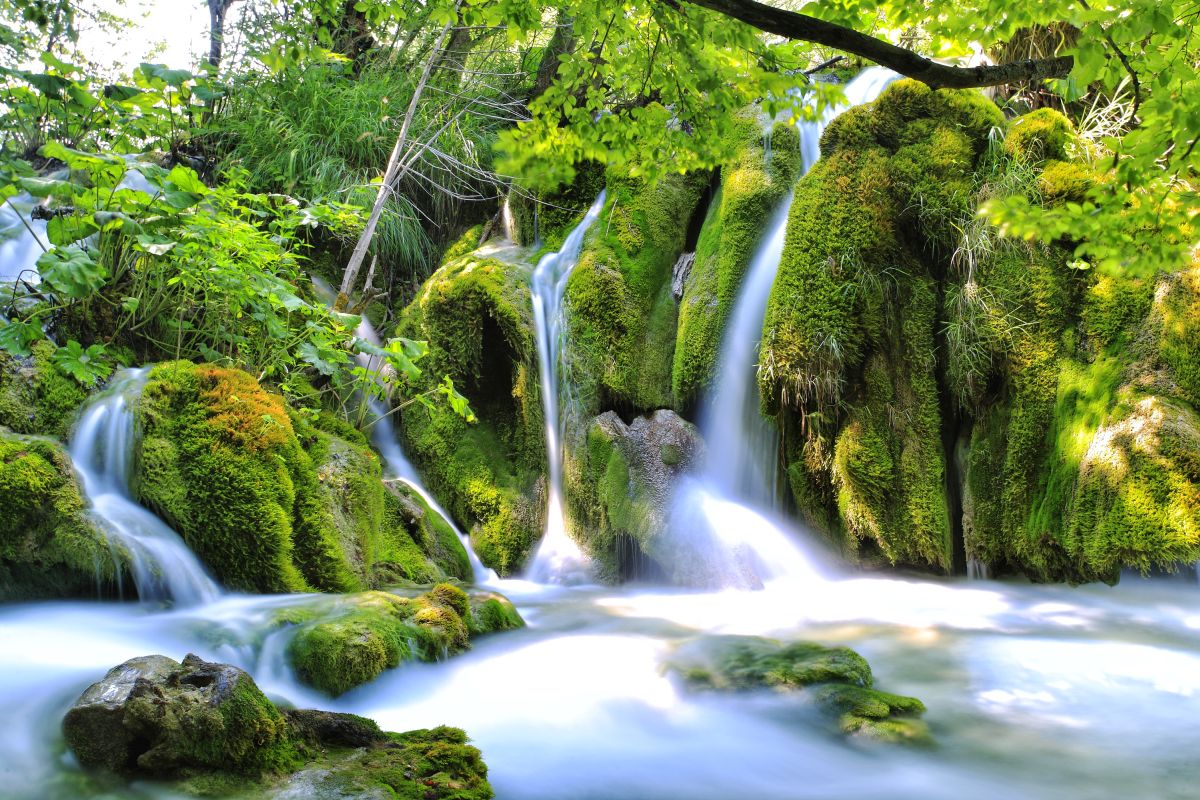
Lake gardens are connected by cascades and hugged by mountain forests. Plitvice Lakes represent a majestic and dynamic face of nature in constant transformation. Science may be clear about the origin of Plitvice Lakes and tufa barriers, but water has always had mythical characteristics for people in karst regions as well. According to legend, following a long drought, the Black Queen took mercy on the karst and let tremendous rainfall on the ground, with the remaining water creating the lakes.
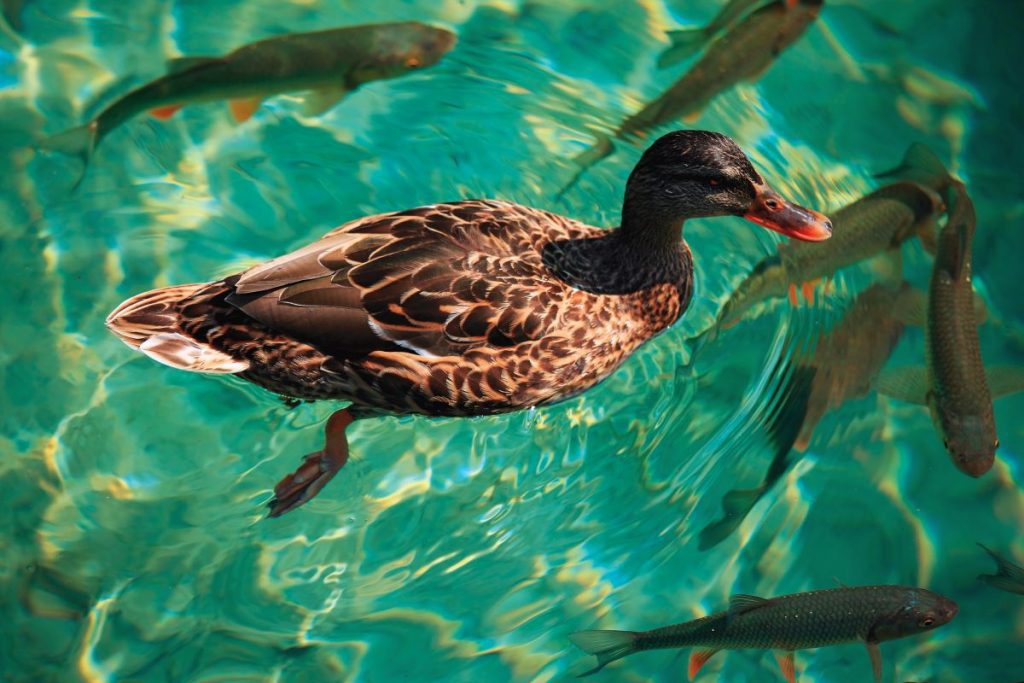
Only life can bring together stone, water, and forest in this manner. The area is more beautiful than any description, more vivid than any photograph, and more surprising than any video – it is only by visiting the Plitvice Lakes, that one can fully experience this beauty which found its way into the World Heritage List. The Lakes belong to the most impressive, most conserved, and most special places in the world.
The area of Plitvice Lakes became part of the UNESCO World Heritage List very early on, and it is the oldest National Park in Croatia.
Sixteen named larger lakes and many smaller ones are connected by cascades. The altitude difference between the first lake of Prošćansko and the last lake of Novakovića brod is 134 meters. Rivers Crna and Bijela bring most of the incoming water to the lakes, merging into the Matica River prior to entering Prošćansko Lake. The lake system is divided into the upper and lower lakes; the upper lakes lie on dolomite layers, while the lower lakes are cut into limestone canyons. That is how people once divided and named the lakes. The upper part of the lake system consists of twelve lakes, including the two largest lakes of the system, Kozjak, and Prošćansko. The lower part of Plitvice Lakes represents a smaller portion of the total lake surface, with four lakes in that part of the system.
How did this beauty come about? What secret of nature should we thank for this geological and hydrological phenomenon unique in the world?
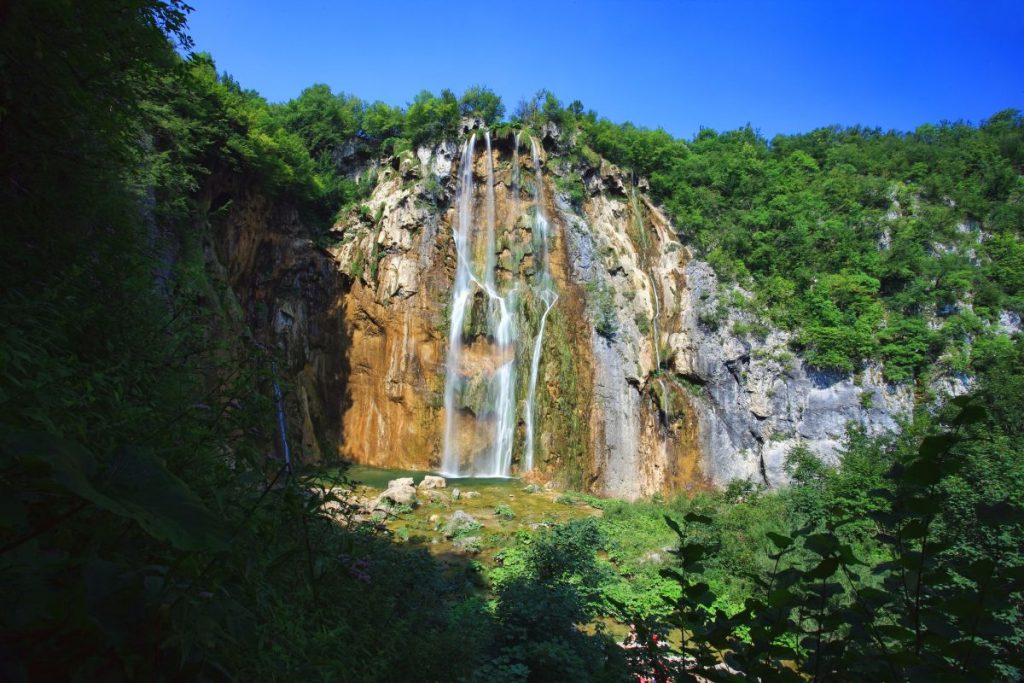

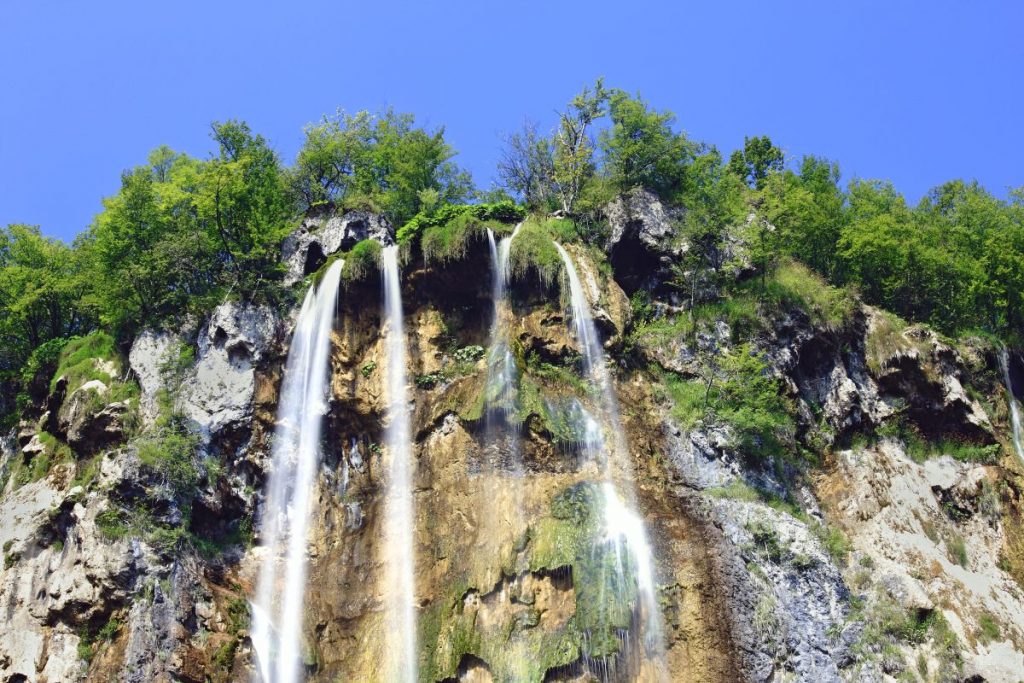
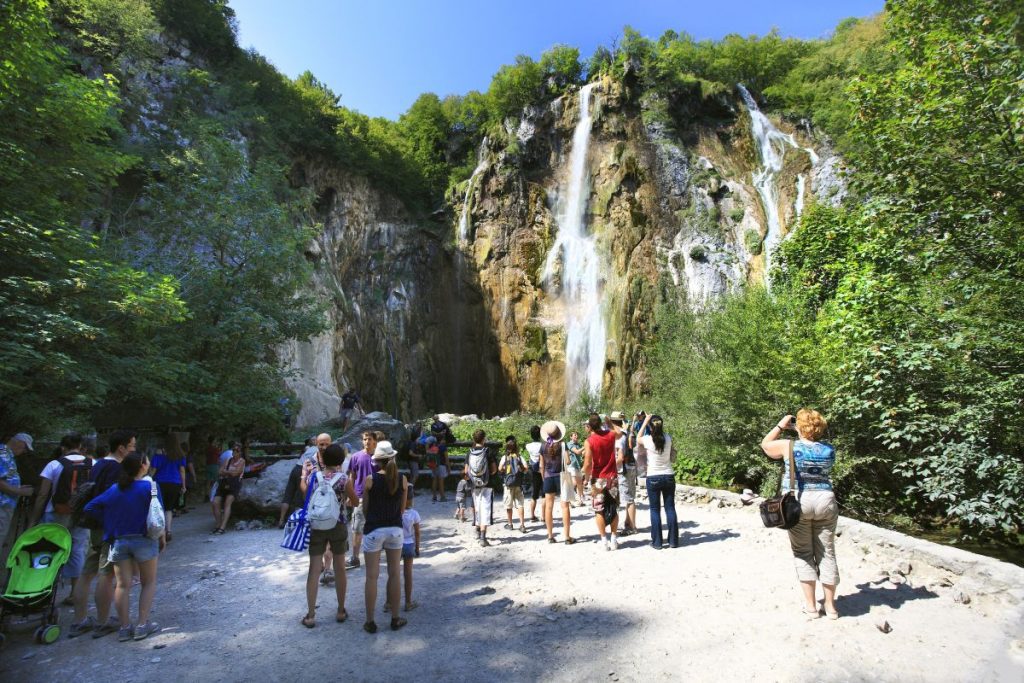
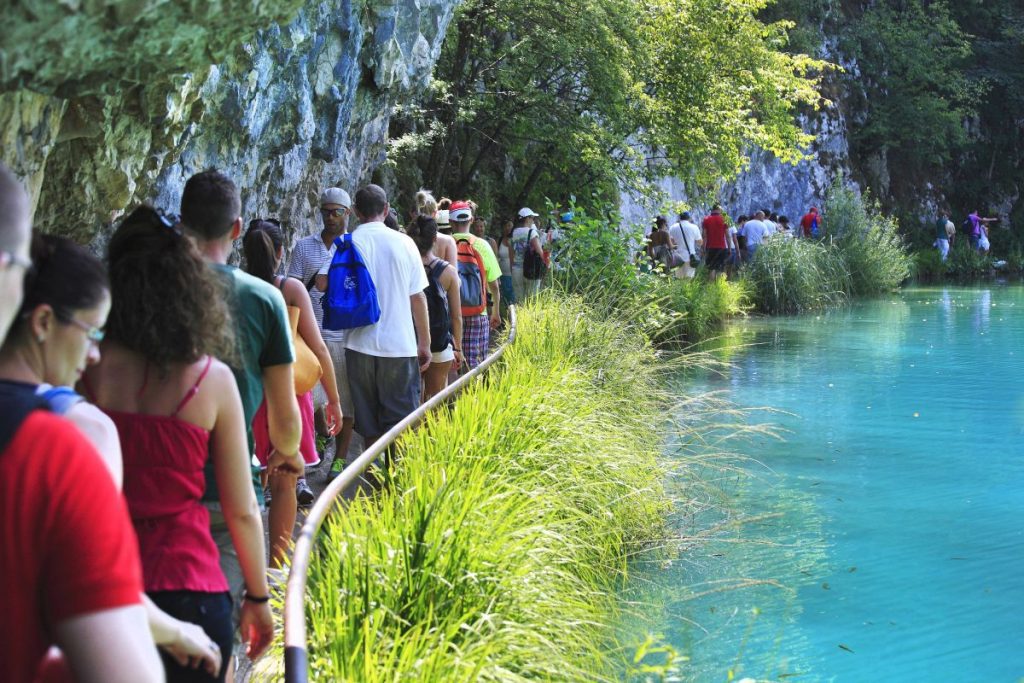
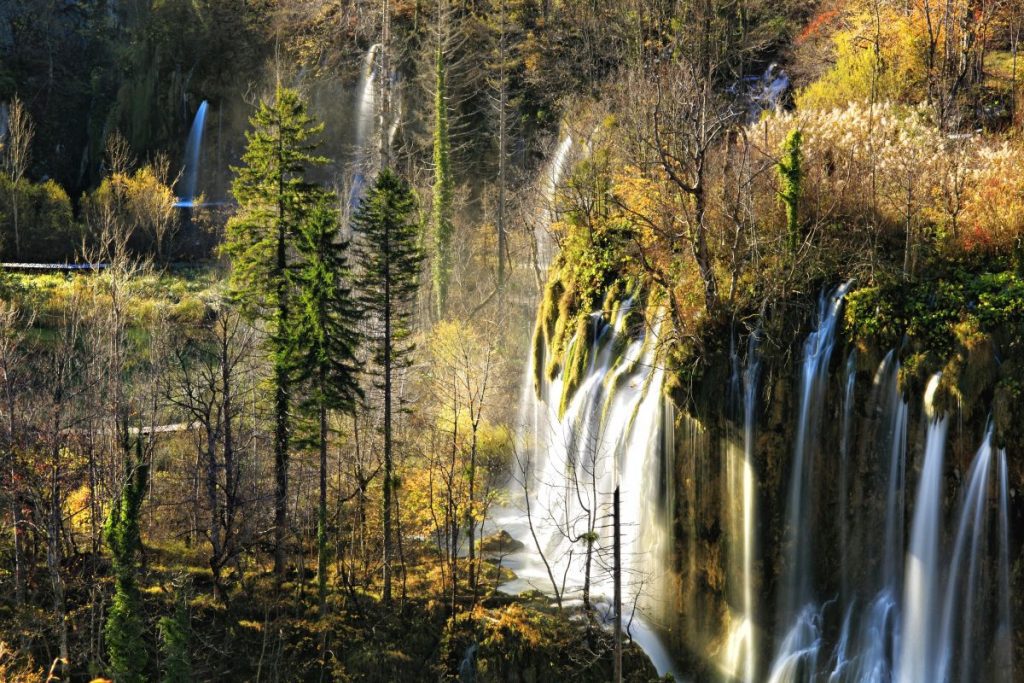
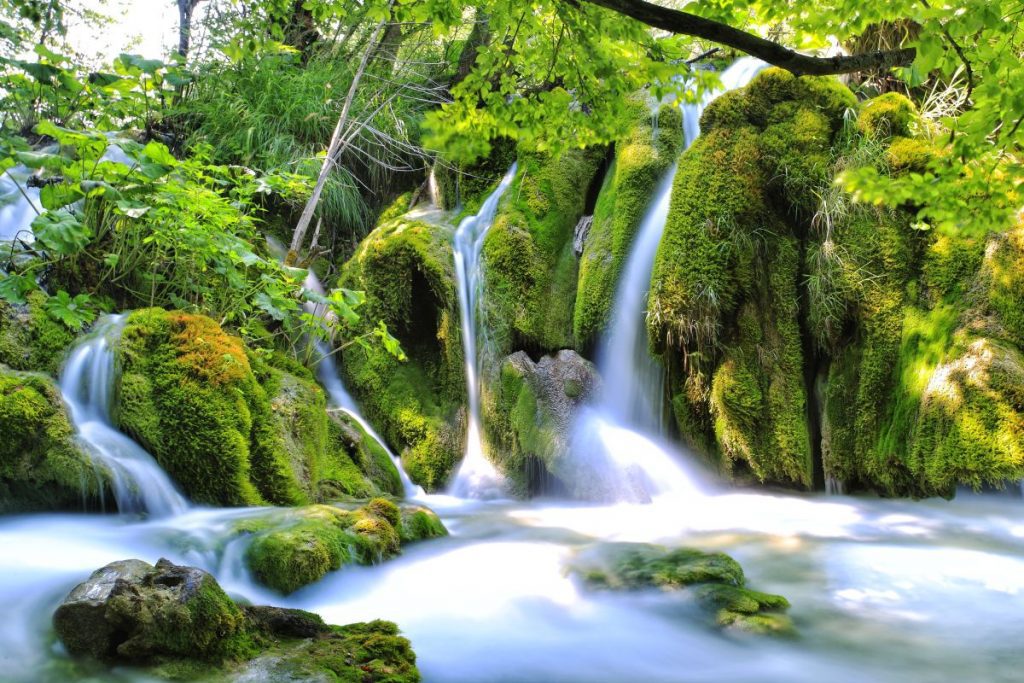
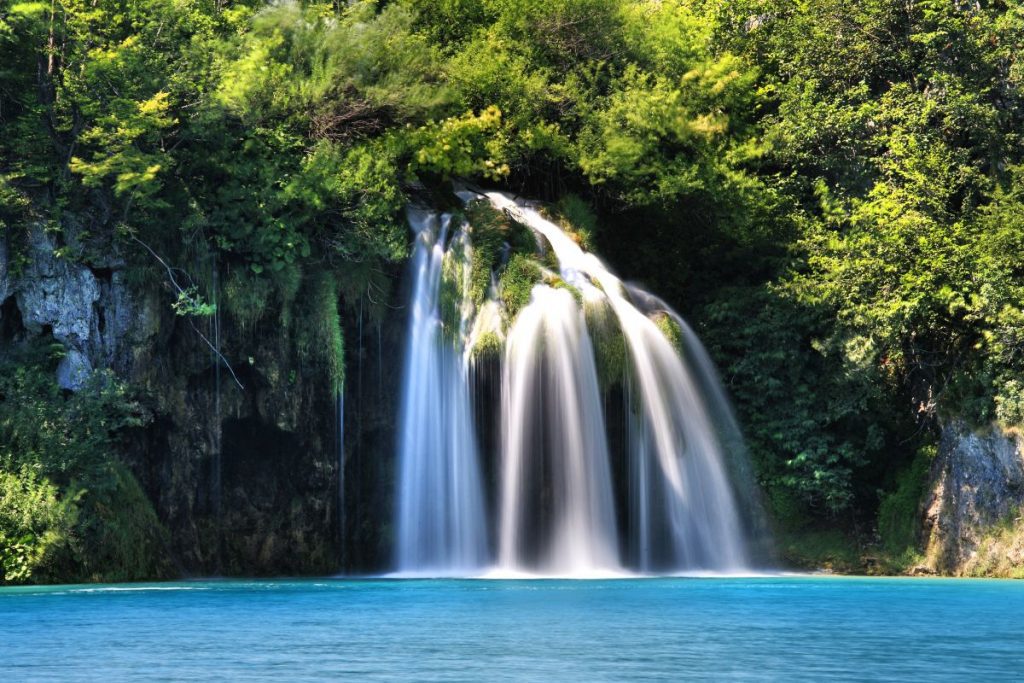
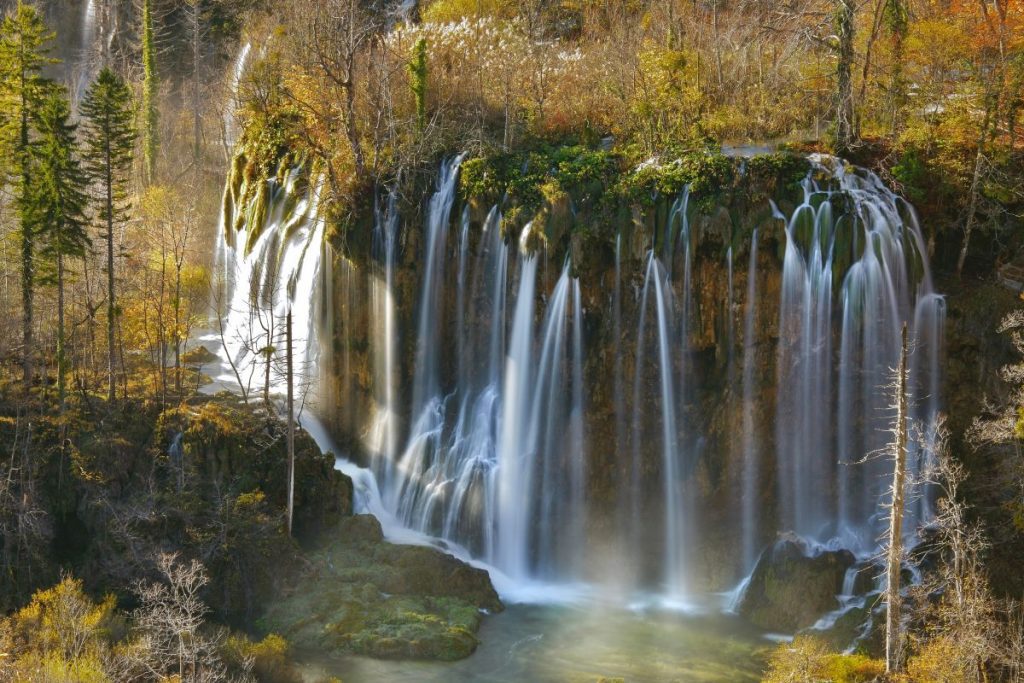
According to science, bacteria, algae, and mosses have been crucial for the creation of cascades. Favorable climate conditions, coupled with localities marked by intensive water aeration, create favorable conditions for the life of these organisms. When the incoming water contains a sufficient quantity of dissolved calcium carbonate, which is not a rare occurrence in karst areas, this calcium carbonate ends up retained and attached to the surface of already existing tufa barriers and vegetation in the lakes, with the help of bacteria, algae, and mosses.
This process results in tufa. Over time, calcium carbonate settles on the bottom and on plants in the form of small crystals, with layers of barriers slowly growing on the river bed, creating lakes in the upstream part of the course. Plitvice Lakes are the result of this specific physical, chemical and biodynamic process. The process itself is continuous, and the lakes are constantly changing. There are barriers submerged in the lakes and those that will eventually grow and rise above the water’s surface. Tufa is actively growing by one to three centimeters per year.
In other words, the present appearance of Plitvice Lakes is merely a moment of their future history.
Plitvice Lakes and cascades are very young. Some of the current cascades are no older than four thousand years, and it is believed that the lake system obtained its current form 12,000 to 15,000 years ago. Climate has played a major role in the creation of this system – tufa barriers were active and growing in interglacial periods of the geological history of the Earth. Tufa older than 300,000 years has been found in Plitvice Lakes as well, pointing to the long-term nature of the process, and the major role that temperature plays in it.
Warm periods are favorable for more intensive sedimentation of calcium carbonate and the creation of tufa. In cold periods, tufa is destroyed. It is soft and porous, which is why ice results in the breaking and disintegration of tufa.



One particular cascade on the Lakes is different from all the other cascades. It is 78 meters high – the highest waterfall in Croatia – and its origin and appearance are also special. It is the only cascade that does not originate in a lake and does not end in a lake. The incoming water comes from the creek of Plitvice, falling with all its force down a vertical limestone rock. Most of the other Plitvice cascades fall gradually and in branches of connected cascades, such as the Sastavci cascades under the last lake in the system, Novakovića brod. Water at the bottom of these cascades, together with water coming from the cascade of Veliki slap, gives birth to the Korana River, which continues its flow over several further cascades, passing through its limestone rock canyon.
Plitvice Lakes are located in the eastern part of the region of Lika, between the mountains of Mala Kapela and Plješivica. They are covered by forest, and, due to a relatively low altitude, fully immersed in the mountain landscape.
When one thinks of the Plitvice Lakes National Park, the first thing that comes to mind is the lakes – as the most attractive phenomenon of the Park. However, the total protected surface is much larger than the lakes themselves, expanding to almost three hundred square kilometers. In order to preserve the lake phenomenon, it was important to preserve its environment and the basin area as well.
Waters in the karst – both groundwater and surface waters – are interconnected. Forests act as a major “regulator” of Plitvice waters. In wet periods, they retain water, and in dry periods, they distribute “conserved” water, thus supplying local nature and life with that essential element.
Forests in the area of Plitvice Lakes are very well preserved, with as many as eleven forest communities. The locality of Čorkova uvala is the best-preserved forest complex in the Park. It is a pristine virgin fir and beech forest covering eighty hectares of land up to 1,028 meters above sea level. Trees rise over fifty meters high, and finding oneself under these giants is a truly special experience.
Undoubtedly, the best-known inhabitant of the forests is the brown bear (Ursus arctos). Research on migrations of this species has been ongoing for quite a while, so today we know that bears regularly leave the boundaries of the Park. Brown bear is a protected species, just like the wolf. The forests of Plitvice are a priceless sanctuary for carnivores. Otter is yet another rare species that live in the area of Plitvice Lakes. The European crayfish (Astacus astacus) can also be found in the waters of Plitvice, as well as the brown trout (Salmo trutta fario). The flora is also protected, including numerous orchid species – as many as sixty of them, including the lady’s slipper orchid (Cypripedium calceolus). Given the fact that the lakes are located in a karst environment, the area includes karst phenomena such as dolines and sinkholes, as well as pits and caves – like the caves of Crna pećina and Vile jezerkinje, located in the limestone part of Plitvice Lakes and in the canyon of the Korana River.



The local population within the boundaries of the Park lives in characteristic, scattered Dinaric villages, in harmony with the protection granted to the area. The traditional heritage of the locals is reflected in water mills in the Park, and in occasional water-powered sawmills.
Most visitors will choose the summer for their visit to Plitvice Lakes – a time when the area bursts with the power of water, marked by the might of the diving cascades. The faces of Plitvice are unforgettable regardless of the season, however. There is no single best time of year to visit the Plitvice Lakes National Park because the changing faces of nature never lose their beauty. Come autumn, the entire palette of that season is reflected in the lakes, in all of their hues, providing an unforgettable experience to those who visit the Park in that season. Winter is fascinating too. The power of cascades is frozen in ice, and icy lake meadows with water still alive underneath create an impressive landscape sprinkled with icicles.
A few hundred years ago, on the first maps of the 17th century, the entire area of Plitvice was referred to as the “Devil’s Garden”. There are no indications that it was an old folk name for Plitvice; however, as the area used to be a turbulent frontier with the Ottoman Empire back in those times, one can assume that the origin of the name is based on that specific historical fact. The first word of that old name has been swallowed by history. What remains is the Garden – one full of cascades and lakes. It is a magnificent show of water, on display to visitors who can observe it up close as they walk along the well-built paths that do not disturb the life of the lakes and the creation of tufa, that sensitive builder leaving amazing natural constructions behind it. Whichever path you take through Plitvice Lakes, do remember that you have the honor of passing through the most impressive karst phenomenon in the world. You are a welcome guest of one of the world’s most valuable protected areas.
